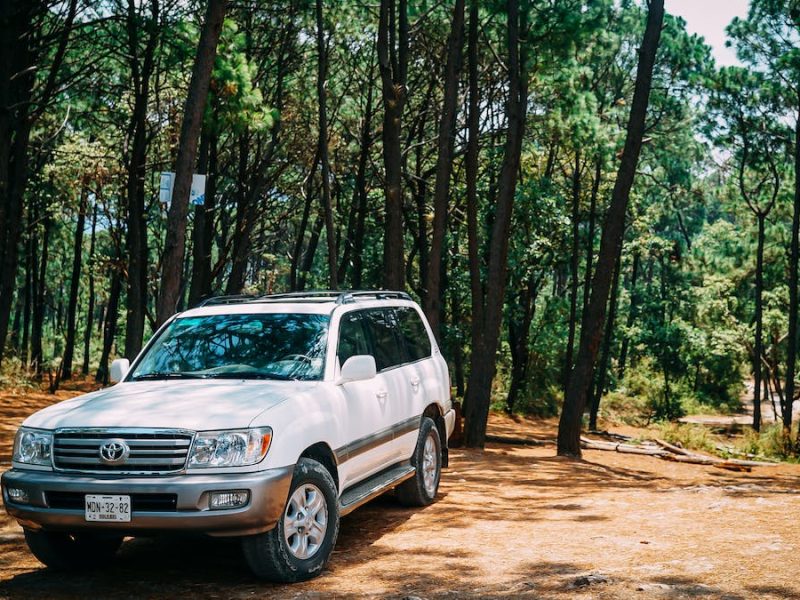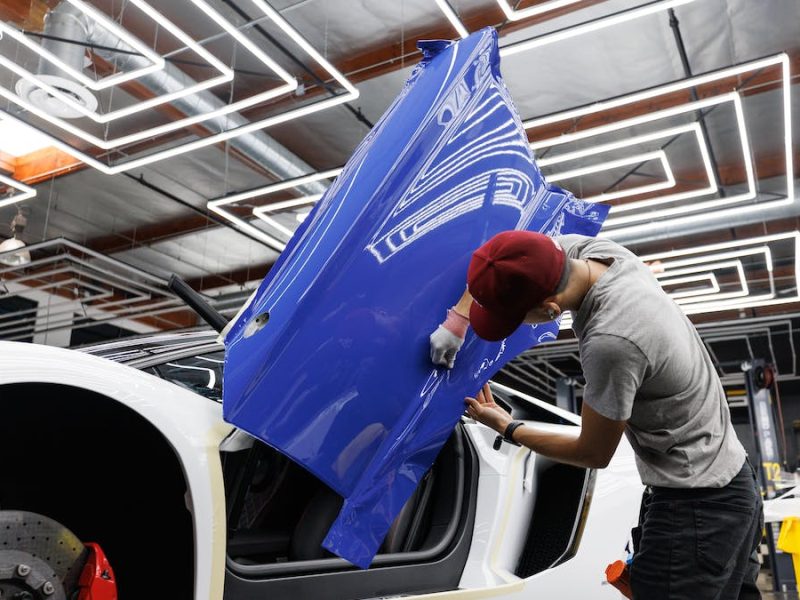New drivers most often cannot afford a brand new car with all the standard safety features included. However, older vehicles that are more affordable have an absence of important safety features that could help prevent an accident, injury or even a fatality.
New drivers are less experienced and are therefore in greater need of these safety features. Where possible, opt for a new vehicle with as many safety features as possible. If you are buying a second-hand car, make sure that the following minimum vehicle safety features are included or have them installed to improve the safety of your car. The statements below are the great suggestions from Houston DUI Attorneys for the safety of the new drivers.
Table of Contents
Collision Prevention
Anti-lock Braking System (ABS Brakes)
A common problem with older cars is that the brakes are susceptible to locking up when you need them most. The anti-lock braking system prevents this from happening ensuring that you can stop suddenly when you need to and that is still in control of the steering. The newest and newer model second-hand cars will have an anti-lock brake system.
Electronic Stability Control (ESC)
ESC uses the braking system to keep the car stable and on the right path. This is an essential feature for new drivers who could lose control when taking a corner too fast or swerving to avoid obstacles in the road. ESC is an intelligent safety feature that keeps your car on the road and should be included in most modern or newer cars.
Collision Warning
Braking and the ability to stop within a good distance from the car in front of you is a skill that is developed with driving experience. Early Forward Collision Warning systems have sensors mounted in the front of the car to warn you when the space between you and the car in front of you is getting too small. The closer you get and the greater the risk of a collision, the louder and more urgently the alarm will sound giving you the time to stop before you make the common mistake for new drivers of colliding with the vehicle in front of them.
Automatic Braking System
Automatic emergency braking systems work in conjunction with the Forward Braking System and will automatically apply the brakes. This will happen when you don’t respond to the alarm quickly enough and the systems assess the risk of a collision being too great. This feature should be included in most new vehicles in the next 4 years.
Rearview Camera
Driving in reverse is challenging to most drivers but especially those who are still developing their driving skills. Rearview cameras give you the benefit of seeing clearly behind you to ensure that the path is clear before backing up.
Personal Safety Features
Airbags
Airbags are critical in the event of an accident and basically, provide a barrier between you (or other occupants of the vehicle) and the different surfaces of the car. The airbag is activated when the vehicle comes to an extremely sudden stop or in the event of a collision. It inflates exceptionally fast and the soft flexible, fabric bag then deflates quickly in order to prevent suffocation. While it is inflated, it provides an effective cushion to reduce the likelihood of injury.
In addition, the surface of the airbag is energy absorbent which reduces the impact of the collision and protects the occupants against contact with the steering wheel, windshield, dashboard, instruments as well as other structural elements of the vehicle. Most new cars contain multiple airbags to protect the driver and passengers in different ways including side curtain, knee bolster, seat-mounted, side impact, inflatable safety-belts, and even pedestrian airbags.
Airbags are pretty standard in new vehicles and advancements in technology have allowed for strategic placement as well as features that are better suited to preventing injuries and fatalities. Airbags have been saving the lives of drivers and passengers for over a decade.
Safety-Belts
Safety-belts are a common feature in most cars – both new and old.
The safety-belt (also called a seat-belt) is your first line of defense against injury in the event of an accident. It basically keeps the occupant of the vehicle strapped to the car seat in order to prevent injury resulting from an impact with the interior surface of the car.
Even when impact does occur, the seat-belt reduces the severity of the force and therefore reduce the risk of serious injury or death. In addition, the safety-belt works in tandem with the airbags to ensure that the body is kept in the optimal position for airbags and prevents them from being ejected from the car or sustaining serious injury in the event that the vehicle rolls.
Objects in car travel at the same speed as the car (including the occupants). When the vehicle comes to a sudden stop these objects continue traveling at the speed of the vehicle before stopping. The seat-belt is designed to act as a brake to stop this continuous forward motion.
A seat-belt is probably the most important feature in any car and should be worn by all occupants at all times. Cars with warning systems to wear your safety-belt and that are designed to work with airbags are the ideal choice for new drivers.

Alex is fascinated with “understanding” people. It’s actually what drives everything he does. He believes in a thoughtful exploration of how you shape your thoughts, experience of the world.



